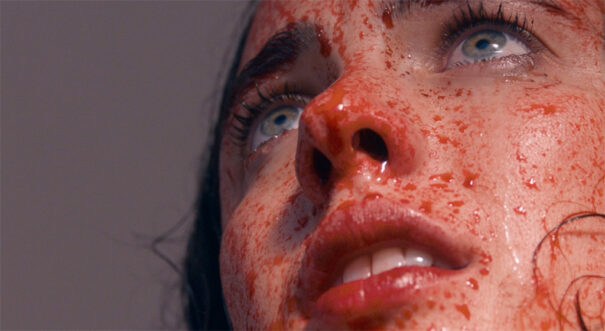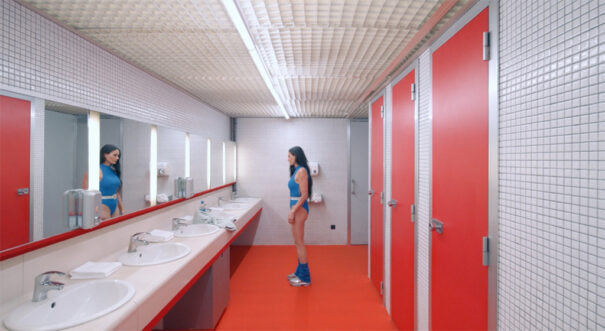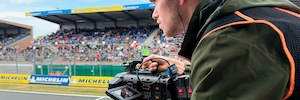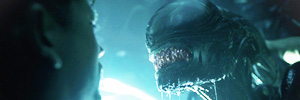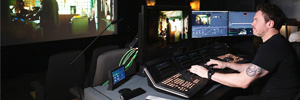How ‘The Substance’, the unexpected gore phenomenon starring Demi Moore, got its color grading
Fabien Pascal, senior colourist at Lux Studio, deployed a wide selection of DaVinci Resolve (Blackmagic Design) tools to colour correct one of the most talked about films of 2024: ‘The Substance’.
Directed by Coralie Fargeat with cinematography by Benjamin Kračun (BSC), The Substance tells the story of Elizabeth Sparkle (Demi Moore / Margaret Qualley), a fading actress who gains access to a miracle product that allows her to create an alter ego that is an ‘enhanced’ version of herself. The result, unsurprisingly, is not what was expected in the medium term, resulting in a staging of gore, body horror and black humour that presented several challenges for the colour correction company Lux Studios.
As Pascal explains, The Substance required the collaboration of all parties from the initial stages of production: “We worked closely with Coralie and Benjamin from the start to define the film’s aesthetic, using the script and mood boards as early creative references. Early camera tests allowed us to validate equipment choices and develop custom LUTs, which gave us a creative starting point for our collaboration”.
In order to realise this artistic vision, Lux Studios created a two-stage colour grading workflow in DaVinci Resolve Studio. In the first stage, a logarithmic photochemical approach was used in a P3 workspace to evoke the aesthetic of early 1980s films. Then, as the plot changes, it evolves to a second stage in which the colour grading is done with a Rec. 709 colour space for a more digital and crisp look.
A film with a constant visual evolution
The visual narrative deliberately evolves throughout the film, and colour, unsurprisingly, plays a key role: “We designed the palette to transition across the story’s arc, from visceral reds to fluorescent yellows and greens,” Pascal noted. “Where some scenes have a nostalgic photochemical 1980s feel to them, others embraced a bolder, digital aesthetic to heighten the unsettling atmosphere viewers experience.”
One of the main technical challenges of the film was the ‘Pump it up’ scene sequence, which incorporates both dynamic lighting changes and rapid camera movements. However, the ‘Lis-Sue’ monster transformation scene was even more demanding, as Pascal recalls: “We worked hand in hand with the VFX and SFX teams to maintain realism under some difficult lighting conditions. Custom grading tools helped us fine tune the monster’s organic texture, preserving detail without making it look too artificial.”
The VFX throughout all the body horror scenes also required additional work in the digital intermediate in order to achieve the desired look “We developed a node tree structure to enhance the wet, organic appearance of skin and flesh tones. Small contrast adjustments helped ensure the textures stayed rich, even under extreme lighting conditions,” explains Pascal.
Finally, in order to ensure consistent aesthetics across different viewing environments, Lux Studios delivered a wide variety of files: “After finishing the initial SDR cinema grade at 48 nits, we spent another week on the Dolby Vision HDR pass. Our workflow allowed us to easily adapt grades across different display formats with a custom output display transform, maintaining consistency between HDR content and the SDR master.”
“The Substance challenged us creatively and technically at every stage. From pre production to final delivery, DaVinci Resolve Studio gave us the flexibility to execute our vision and craft a striking, immersive experience,” concludes Pascal.
¿Te gustó este artículo?
Suscríbete a nuestro NEWSLETTER y no te perderás nada.



